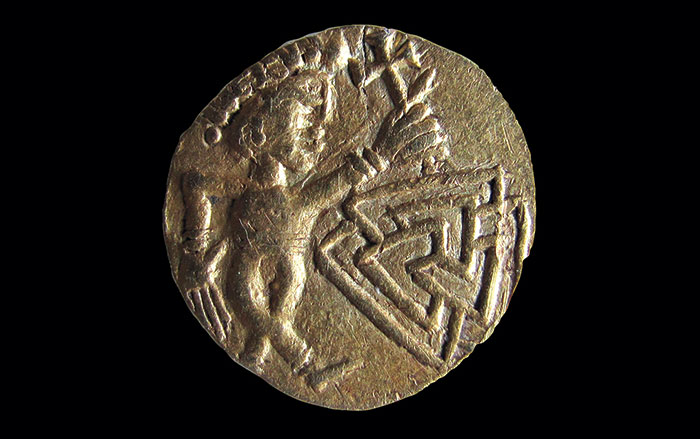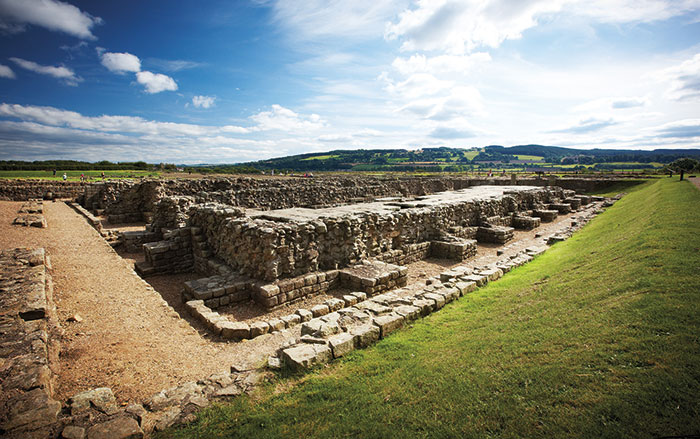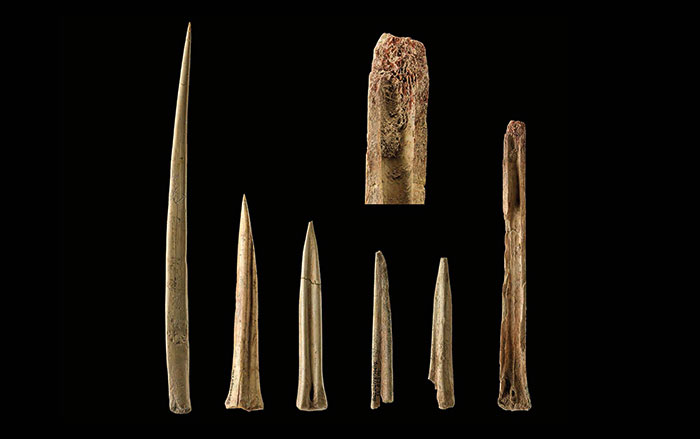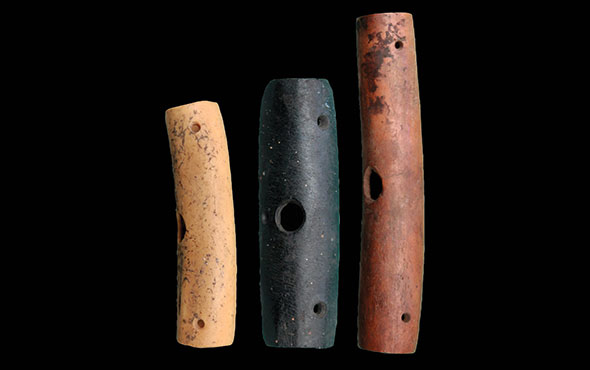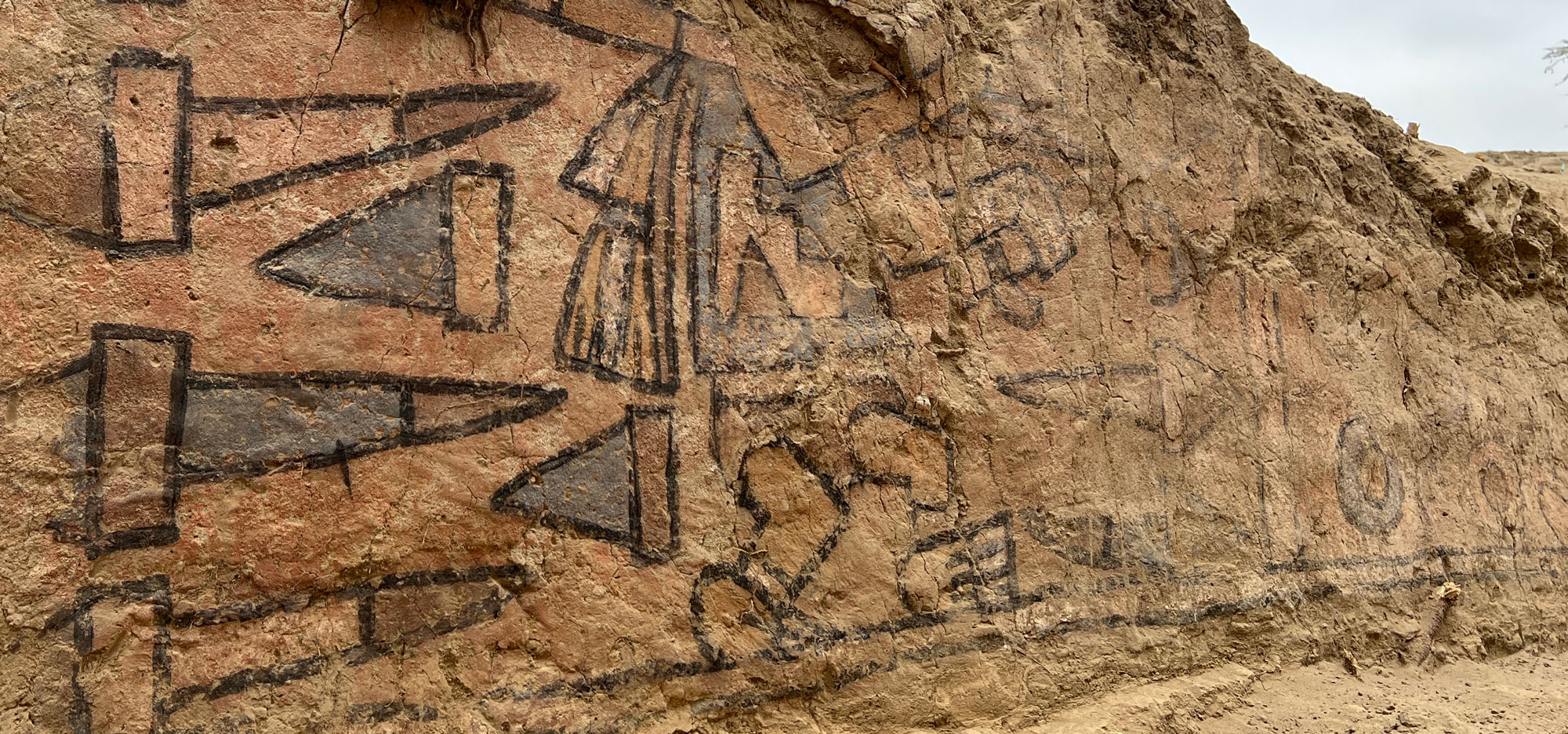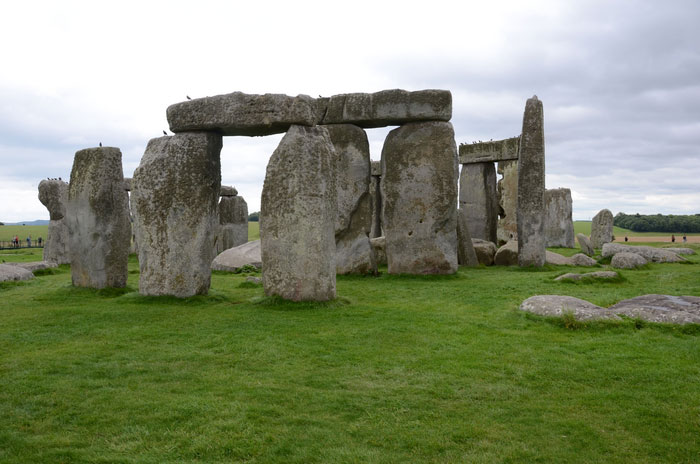
WILTSHIRE, ENGLAND—Live Science reports that a new study of Stonehenge suggests it was not built as a solar calendar, as had been previously suggested by Timothy Darvill of Bournemouth University. Darvill postulated that a possible 30 sarsen stones may have represented a month of days, while the inner five trilithons, each made up of two standing stones topped with a lintel stone, may have represented the five days left in the year after 12 months. Darvill also noted that the monument builders may have had a connection to travelers from the Near East, where solar calendars were used. While mathematician Giulio Magli of the Polytechnic University of Milan and astronomer Juan Antonio Belmonte of the Institute of Astrophysics of the Canary Islands agree that the monument is related to celestial phenomena, such as alignments with the midwinter and summer solstices, they argue that the circle was not accurate enough to track the 12 months of the year, and that evidence of the proposed cultural connections is lacking. Magli said that the monument may have been aligned with the winter solstice for religious purposes, noting that the megalithic complex was used for burials for hundreds of years. To read about Stonehenge's construction, go to "Epic Proportions."


